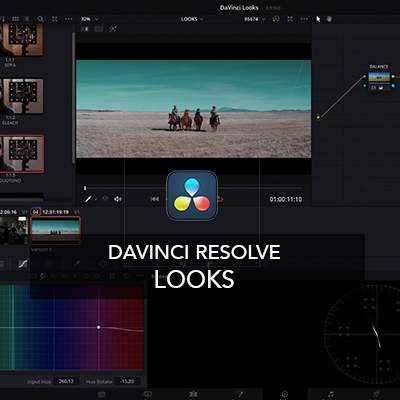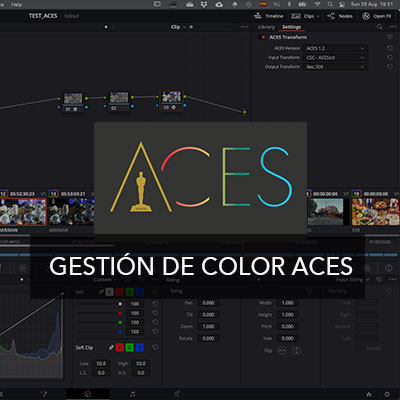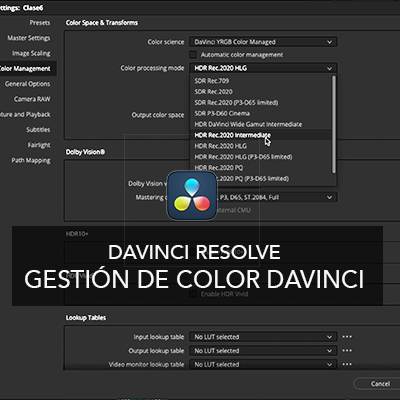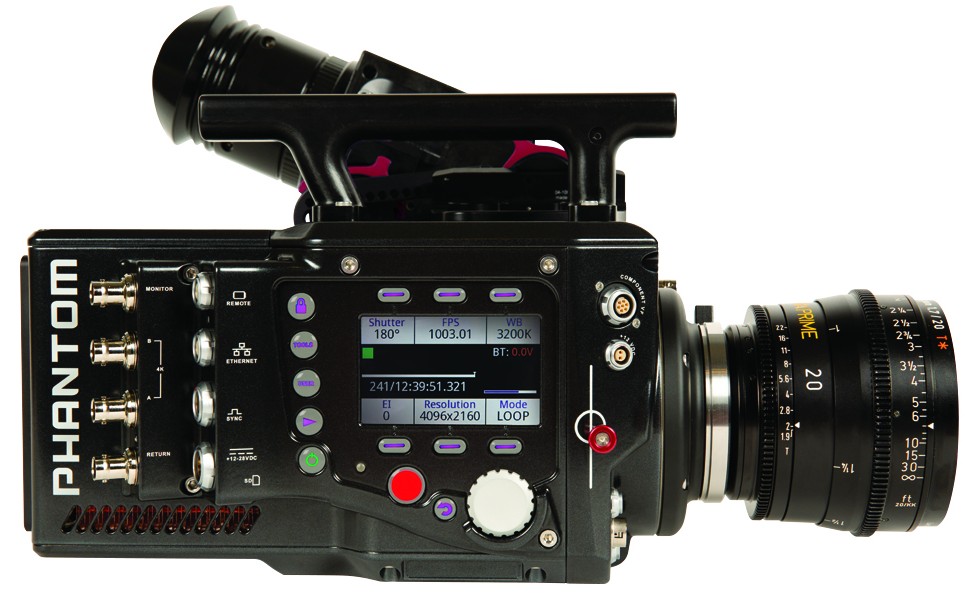-
×
 Online DaVinci Resolve Looks Course
1 × 36,00€
Online DaVinci Resolve Looks Course
1 × 36,00€ -
×
 Online Course ACES Color Management
1 × 54,00€
Online Course ACES Color Management
1 × 54,00€ -
×
 Online Course DaVinci Resolve Color Management RCM
1 × 18,00€
Online Course DaVinci Resolve Color Management RCM
1 × 18,00€
News
From IBC: Phantom Flex4K
Vision Research has officially unveiled its new Phantom Flex4K, capable of up to 1,000fps in 4K resolution and up to 2,000fps in 2K.
It is built around a new design that reflects some significant improvements to the Phantom line. The larger and more convenient handle has been placed on top of the camera because the CineMag port has been moved to the operator’s side. The new CineMag IV is physically smaller and larger in storage capacity (up to 2TB) than the CineMag II.
A removable door and rail slot are included for a more secure and reliable connection. All connections at the rear have also been relocated to a rear section on the right side of the camera, opening the way for a battery port.
In addition, the control has been improved, adding buttons for capture, trigger, playback and save on the operator side. On the right side is a user interface screen that provides all control functions (basic and advanced), for the first time on a Phantom. It is now easy to set general recording conditions, such as resolution or playback speed, as well as having easy access to other parameters such as frame rate or shooting angle.
Sensor and optics

The Flex4K’s sensor is slightly larger (31.7mm diagonal) than the three-hole Super 35 film (28.5mm diagonal). Because the 35mm lenses are intended to cover the entire frame (31.1mm), this camera will work with PL and Panavision mount lenses, as well as Nikon F/G or Canon EF.
The sensor also provides the ability to work with anamorphic lenses, generating a high quality image with a minimum (16%) focal length difference.
In 1920×1080 mode, this sensor is equivalent to a Super16, 14.5mm image circle, which means that Super16 lenses can be used without an adapter to achieve 2,000fps.
Recording
On the Phantom there have always been two ways to record, either RAW files on a CineMag, or video via the HD-SDI outputs on an external recorder. Now a new option is introduced, being able to record in an industry standard codec over the CineMag, allowing longer recording times and smaller files providing a simplified workflow.
According to Vision Research, the first professionals to test this camera claim that it has less noise than any other digital camera. This means that it can be used in a wide range of conditions and exposure values, with settings ranging from 250 ISO to 2,000 ISO.
The new CineStation IV, smaller and cheaper than the previous one, facilitates faster and easier downloading and conversion of RAW files, and is supported on both Mac and PC workstations.
In addition, the company has worked with Glue Tools to include, with all cameras, a license of Cine Toolkit and Séance software for fast downloading of Cine RAW files on Mac OS X.
Exits
It has four HD-SDI outputs offering 1080p in 4:4:4:4 or 4K in 4:2:2:2, capable of displaying Rec709 or a preset Log signal.
By combining two of the 3G outputs, a 4K Ultra HD signal can be viewed on a 4K monitor.
Additional viewers
Vision Research wanted to demonstrate its flexibility by giving the option of connecting additional viewfinders to the Flex4K, such as the Sony C30W and C35W, or a new one of its own with full HD resolution OLED display and specific data overlay for menus and Phantom viewing modes.
The Phantom Flex4K will start shipping in the fourth quarter of 2013 starting at $113,000. You can see all its specifications here.
And if you are interested in learning the visual philosophy of super slow motion, as well as the parameters that define it technically and practice with high speed cameras, do not hesitate to take a look at the course organized in October. Here you have all the information.

 Online Course ACES Color Management
Online Course ACES Color Management  Online Course DaVinci Resolve Color Management RCM
Online Course DaVinci Resolve Color Management RCM 




